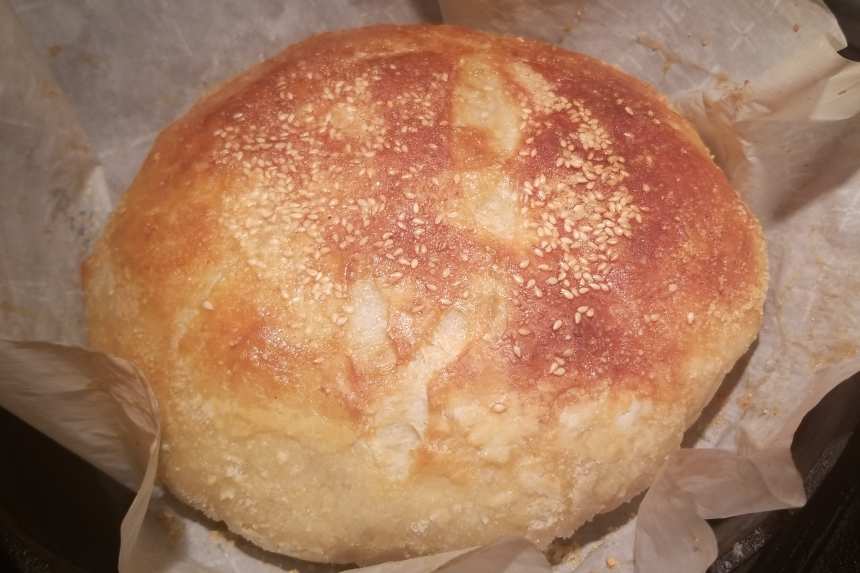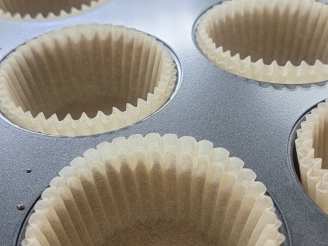Heather's High Altitude Sourdough Bread

photo by m.mcdaniel703

- Ready In:
- 168hrs 30mins
- Ingredients:
- 6
- Yields:
-
1 loaf
- Serves:
- 8
ingredients
- 2 cups sourdough starter
- 3 cups unbleached flour
- 2 tablespoons melted butter or 2 tablespoons oil
- 4 teaspoons sugar
- 1 1⁄2 teaspoons salt
- 1 tablespoon dry active yeast
directions
- To make the sourdough sponge/starter, Take 2 cups flour, mix with 2 cups warm water, plus a ½ cup of sugar. Mix and let sit a glass or plastic bowl with a towel on top for about a week in a warm place. After a beery smell starts to develop, you have sourdough starter! Mix any hooch (brownish liquid that may form on top) back into the starter.
- To start your loaf of bread, you must “proof” your sponge. Do this by taking your sponge and adding a cup of flour and a cup of warm water to it. Place the sponge in a glass/plastic bowl covered with a towel, and leave in a very warm spot for an hour or until a frothy surface and beery smell develops. The longer your sponge sits out, the more of a sour flavor will develop.
- From here you can use two cups of the sponge in your recipe and save the other cup in a mason jar in the refrigerator. To the Mason jar sponge, add another cup of flour, and another cup of warm water. Mix well. Loosely cap this jar to let it breathe a little. Don’t forget to feed your starter ½ cup flour and ½ cup warm water weekly, or else you should make bread once a week. This is a living yeast culture and should be treated like a pet!
- Place your dry active yeast in ¾ cup warm water. Let moisten and stir.
- To the sponge add sugar, salt, yeast water and oil. Mix well. Knead in a little flour at a time to make a good, flexible dough consistency. In drier climates you may not need all the flour. In humid climates you may need more.
- Lightly grease the skin of the dough so it does not dry out. Let the dough rise in a warm place while covered loosely with a towel for about an hour or until doubled.
- Punch down and knead a little more. Form your loaf. Place it on a lightly greased baking sheet and grease the dough again. You may slit the top at this time. Cover with a towel and place back in your warm spot. Let rise again until doubled.
- You may also use lightly beaten egg whites to coat the dough if you prefer a dark, slick texture after baking.
- Place the loaf in oven; turn it to 350 degrees F. Do not preheat! Loaf is done when a light brown crust forms, and makes a hollow noise when tapped with a wooden spoon, anywhere from 30-45 minutes. Cool before slicing.
Questions & Replies
Got a question?
Share it with the community!
Reviews
-
Overall a very good recipe. I'm in Denver and had a few issues with other sourdough recipes. I definitely yielded a lot more than the three cups of starter that is suggested in this recipe, and when I made the bread I used a LOT of flour to make it even reasonably solid enough to work with. Next time I'll be using a loaf pan instead of just a cookie sheet to bake it in.
RECIPE SUBMITTED BY
I'm an artist who also dabbles in making my family and friends delicious wholesome meals.


